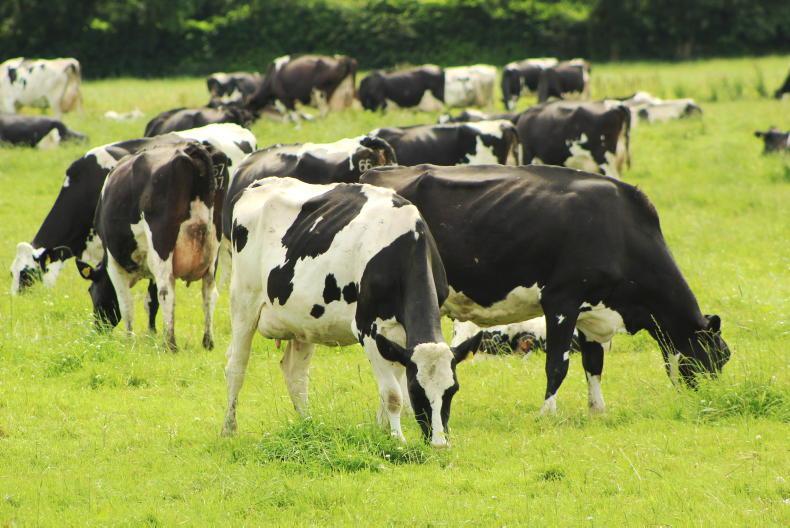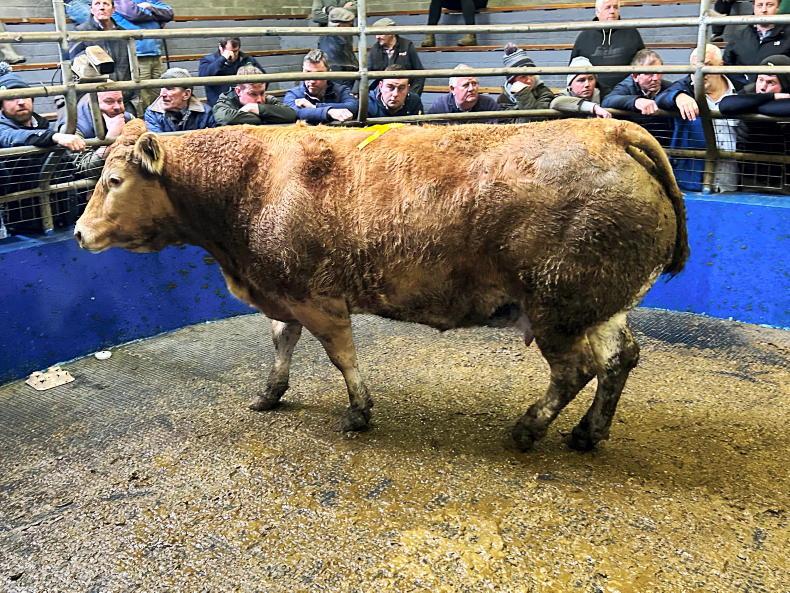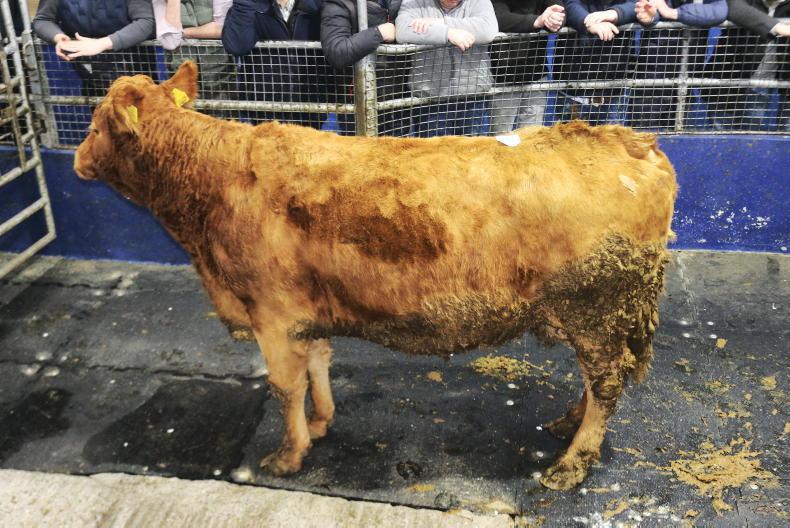A scientific report commissioned by the European Commission found that dairy cull cows are less able to cope with the stressors associated with transport than the average animal.
The study by the European Food Safety Authority (EFSA) says such cows are at greater risk of bruising during transport than fattened cattle.
While there are some hidden reasons for culling dairy cows which do not have an impact on their welfare during transport, such as infertility, the EFSA found that the other “major health reasons for culling”, including those that affect milk production, are potentially painful, including mastitis, injury to the udder, and lameness.
The authority’s findings were presented to the European Commission this week. It is intended to support the Commission’s ongoing review of animal welfare legislation in the European Union (EU), an element of the EU’s Farm to Fork strategy.
Cull cows
The EFSA found that annually at least 5m dairy cows in Europe are transported for slaughter by road, based off an estimated population of 23m cows and a culling rate of 25-30%.
The report found that for these 5m cows, lameness has been a common reason for culling. The EFSA has told the European Commission that “as most lameness reflects underlying pain, severe lameness in cull dairy cows transported to slaughter is a serious welfare issue”.

The European Commission will now review the European Food Safety Authority (EFSA) findings.
For such lame cows, the EFSA says “walking during loading, unloading, and handling, and foot placements in response to vehicle movements during transport, will likely be painful” for the cows in question.
The authority found that dairy cows are often culled mid-lactation or are not properly dried off before transport to the slaughterhouse, leaving the cattle exposed to milk leakage and discomfort, especially during longer journeys.
Overall, the report asks the Commission if transporting cull dairy cows is appropriate at all and says that such analysis depends on how exactly the Commission intends to define the welfare of animals during transport.
Unweaned calves
The EFSA also recommends that unweaned calves should be at least five weeks of age and 50kg in weight before being transported.
It said calves below these thresholds are “still developing their gastrointestinal tract, and their thermoregulatory and acquired immune systems are not completely functional”.
The authority recommended to the Commission that during calf transport, intervals between milk meals should not exceed 12 hours or be shorter than six hours. It said that after a milk meal, calves should be allowed to rest or sit down in a calm place for three hours to digest their meal.
Taking all this into account, the EFSA said journey times for unweaned calves should not exceed eight hours.
Legislative review
The current EU legislation on the protection of animals during transport entered into force in 2005. Within the framework of the F2F strategy, EFSA’s findings will support the European Commission’s ongoing review of legislation with the aim to align it with the latest scientific evidence, broaden its scope, make it easier to enforce and ultimately ensure a higher level of animal welfare. The Commission’s proposal is expected in the second half of 2023.
Outlining its recommendations, the EFSA said: “Good animal welfare practices not only reduce unnecessary suffering but also help to make animals healthier. This is a key element for the safety of the food chain considering the close links between animal welfare, animal health and food-borne diseases.”
A scientific report commissioned by the European Commission found that dairy cull cows are less able to cope with the stressors associated with transport than the average animal.
The study by the European Food Safety Authority (EFSA) says such cows are at greater risk of bruising during transport than fattened cattle.
While there are some hidden reasons for culling dairy cows which do not have an impact on their welfare during transport, such as infertility, the EFSA found that the other “major health reasons for culling”, including those that affect milk production, are potentially painful, including mastitis, injury to the udder, and lameness.
The authority’s findings were presented to the European Commission this week. It is intended to support the Commission’s ongoing review of animal welfare legislation in the European Union (EU), an element of the EU’s Farm to Fork strategy.
Cull cows
The EFSA found that annually at least 5m dairy cows in Europe are transported for slaughter by road, based off an estimated population of 23m cows and a culling rate of 25-30%.
The report found that for these 5m cows, lameness has been a common reason for culling. The EFSA has told the European Commission that “as most lameness reflects underlying pain, severe lameness in cull dairy cows transported to slaughter is a serious welfare issue”.

The European Commission will now review the European Food Safety Authority (EFSA) findings.
For such lame cows, the EFSA says “walking during loading, unloading, and handling, and foot placements in response to vehicle movements during transport, will likely be painful” for the cows in question.
The authority found that dairy cows are often culled mid-lactation or are not properly dried off before transport to the slaughterhouse, leaving the cattle exposed to milk leakage and discomfort, especially during longer journeys.
Overall, the report asks the Commission if transporting cull dairy cows is appropriate at all and says that such analysis depends on how exactly the Commission intends to define the welfare of animals during transport.
Unweaned calves
The EFSA also recommends that unweaned calves should be at least five weeks of age and 50kg in weight before being transported.
It said calves below these thresholds are “still developing their gastrointestinal tract, and their thermoregulatory and acquired immune systems are not completely functional”.
The authority recommended to the Commission that during calf transport, intervals between milk meals should not exceed 12 hours or be shorter than six hours. It said that after a milk meal, calves should be allowed to rest or sit down in a calm place for three hours to digest their meal.
Taking all this into account, the EFSA said journey times for unweaned calves should not exceed eight hours.
Legislative review
The current EU legislation on the protection of animals during transport entered into force in 2005. Within the framework of the F2F strategy, EFSA’s findings will support the European Commission’s ongoing review of legislation with the aim to align it with the latest scientific evidence, broaden its scope, make it easier to enforce and ultimately ensure a higher level of animal welfare. The Commission’s proposal is expected in the second half of 2023.
Outlining its recommendations, the EFSA said: “Good animal welfare practices not only reduce unnecessary suffering but also help to make animals healthier. This is a key element for the safety of the food chain considering the close links between animal welfare, animal health and food-borne diseases.”











SHARING OPTIONS